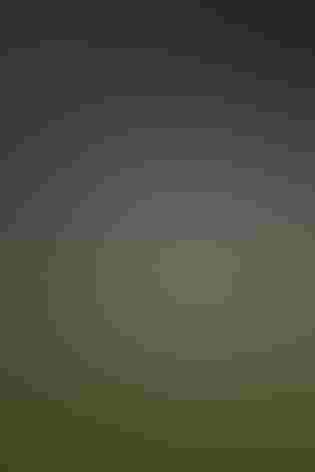Northern Fulmar
At a Glance
Patterned somewhat like a gull but very different in flight behavior, the fulmar flies fast with quick wingbeats and stiff-winged glides, wheeling effortlessly in strong winds, often swinging up in high arcs over the waves. In North America, it breeds mainly in high Arctic Canada and on islands in the Bering Sea.
All bird guide text and rangemaps adapted from by Kenn Kaufman© 1996, used by permission of Houghton Mifflin Harcourt Publishing Company. All rights reserved.
Category
Gull-like Birds, Shearwaters and Petrels
IUCN Status
Least Concern
Habitat
Coasts and Shorelines, Open Ocean
Region
Alaska and The North, California, Eastern Canada, Mid Atlantic, New England, Northwest, Southeast, Western Canada
Behavior
Flap/Glide, Soaring, Swimming
Population
14.000.000
Range & Identification
Migration & Range Maps
Some may remain in winter as far north as there is open water. Others move south, commonly reaching latitude of New England on Atlantic Coast, southern California on Pacific Coast. Numbers on southerly winter range highly variable from year to year. Some may remain well southward into summer, especially after large winter invasions.
Description
18" (46 cm). Like a stocky, big-headed shearwater with a very thick yellow bill. Overall color is highly variable. Has dark and light morphs as well as many intermediates. Pattern of light birds might suggest a gull, but note the fulmar's stubby bill, very different flight style (quick flaps and stiff-winged glide, with wings held flat and straight).
Size
About the size of a Crow, About the size of a Mallard or Herring Gull
Color
Gray, White, Yellow
Wing Shape
Rounded, Short
Tail Shape
Rounded, Short, Square-tipped
Songs and Calls
Chuckling and grunting notes when feeding; various guttural calls during breeding season.
Call Pattern
Flat
Call Type
Rattle, Raucous, Scream
Habitat
Open ocean; breeds colonially on open sea cliffs. Generally over cold waters, including around edges of pack ice in Arctic Ocean. Also south into temperate waters (especially around European nesting sites, and in winter off North America's west coast). Widespread at sea, often concentrated over outer continental shelf, upwellings.
Sign up for ³Ô¹ÏºÚÁÏ's newsletter to learn more about birds like the Northern Fulmar
Behavior
Eggs
One. White. Incubation is by both sexes, usually 49-53 days.
Young
Both parents feed young, by regurgitation. One of the parents is usually present at nest for first 2 weeks after hatching; both adult and young can defend against intruders by spitting foul-smelling oil. Age at first flight 41-57 days, usually 46-51.
Feeding Behavior
Forages by seizing items at or just below surface of water while swimming. Also plunges into water and dives (to 12' or more below surface), propelled by feet and half-opened wings. May feed by day or night.
Diet
Varied, includes crustaceans, fish. Feeds on a wide variety of marine creatures including crustaceans, small squid, marine worms, fish, and carrion. Follows fishing boats and other ships and feeds on offal, scraps, refuse. In North Pacific also noted feeding on jellyfish.
Nesting
First breeds at age of 6-12 years. Breeds in colonies. Unlike many related birds, fulmars are active around nesting colonies in daylight. Birds at nest site display in variety of situations by opening bill wide, waving head back and forth while calling. Mated pairs nibble at each other's head and bill. Nest: Site is on ledge of cliff, or hollow in bank or slope. No nest formed on rock ledge, but on soil makes shallow scrape, sometimes adding pebbles as lining.
Conservation
Conservation Status
Population in eastern part of North Atlantic (Iceland to Europe) has been increasing and spreading dramatically since the late 1700s. Expansion possibly linked to habit of following ships and feeding on offal. No such increase noted in western North Atlantic until 1960s and 1970s, when fulmars began to breed in Newfoundland, but apparently now increasing off eastern North America.
Climate Threats Facing the Northern Fulmar
Choose a temperature scenario below to see which threats will affect this species as warming increases. The same climate change-driven threats that put birds at risk will affect other wildlife and people, too.









